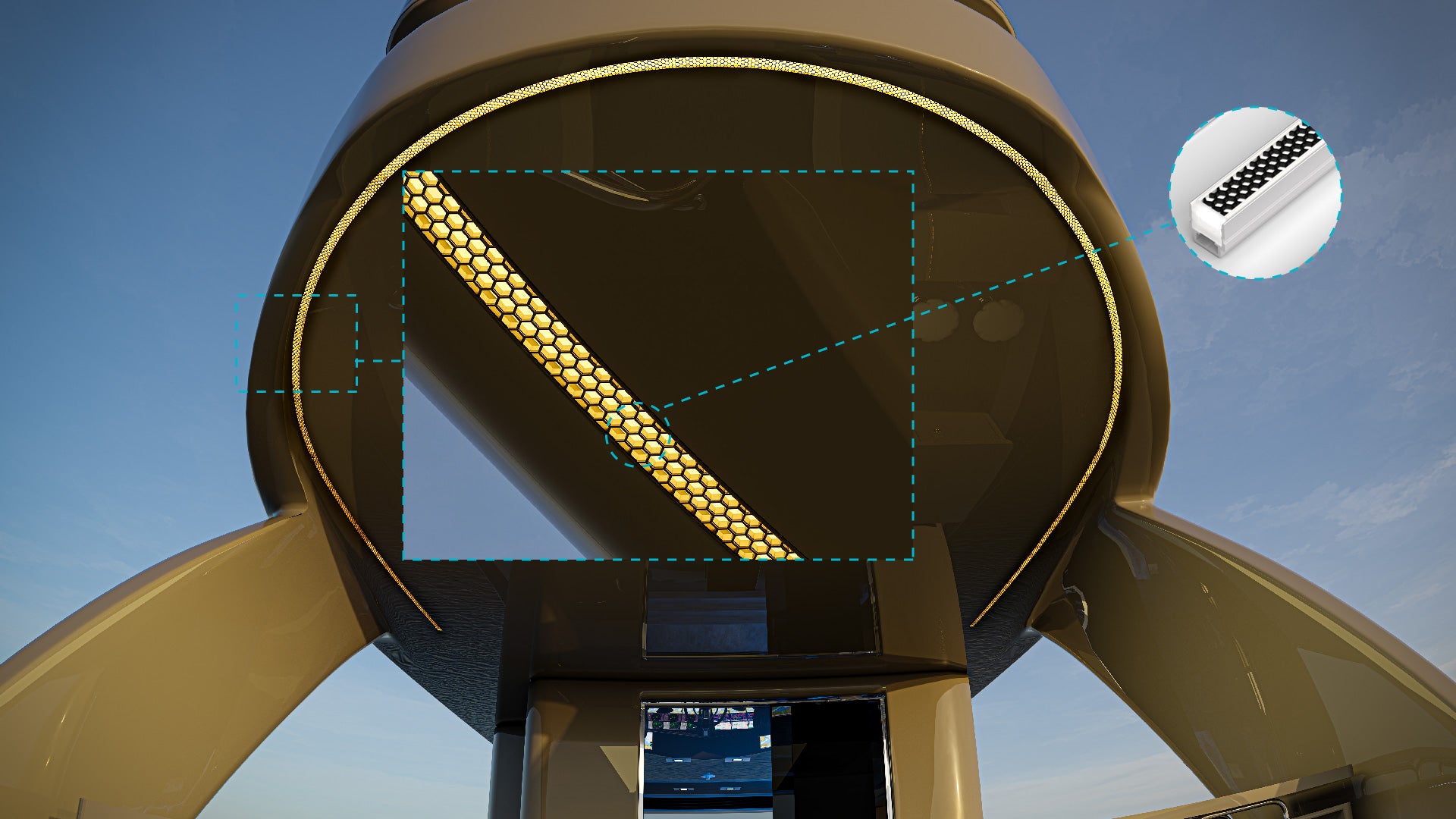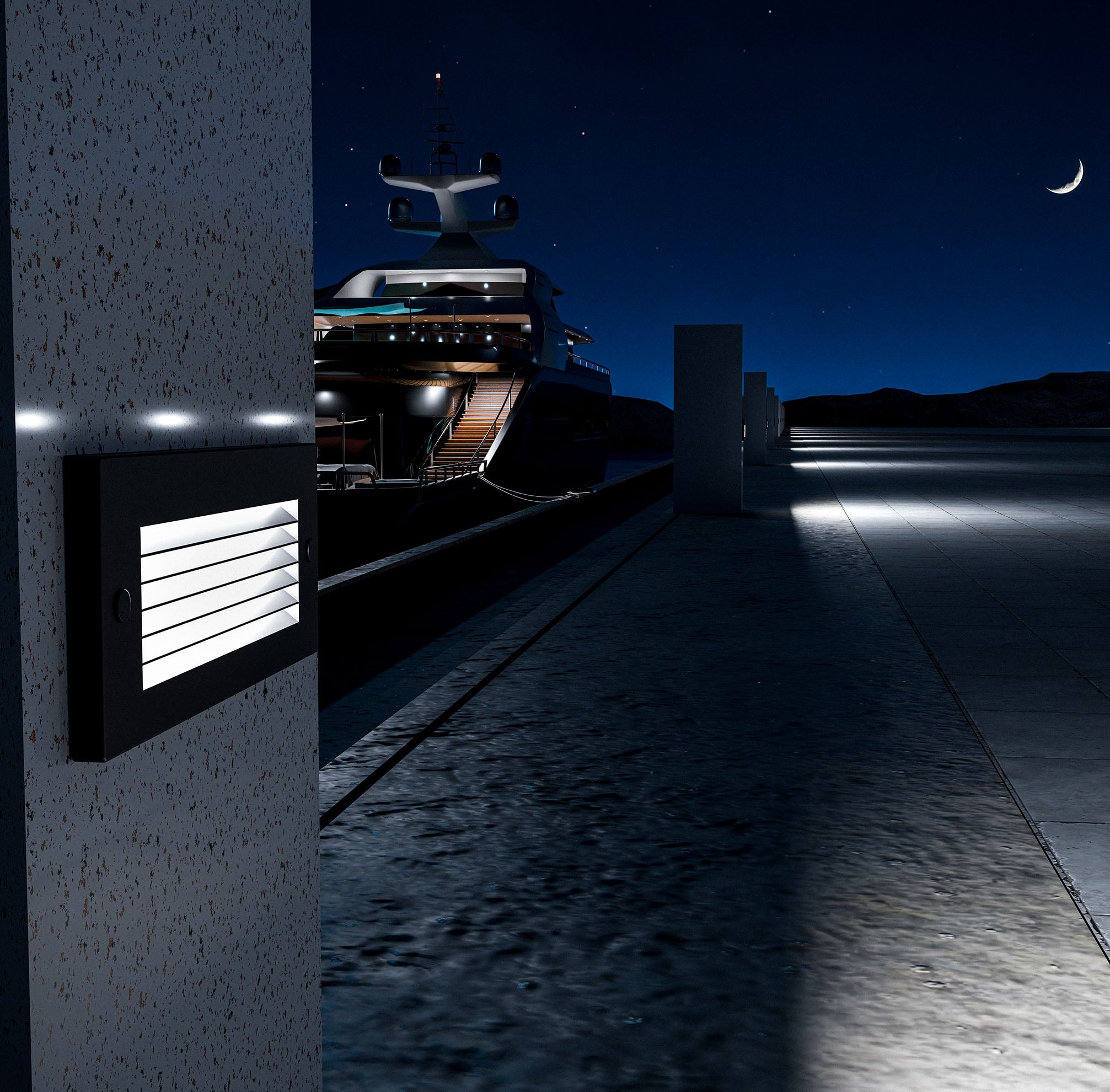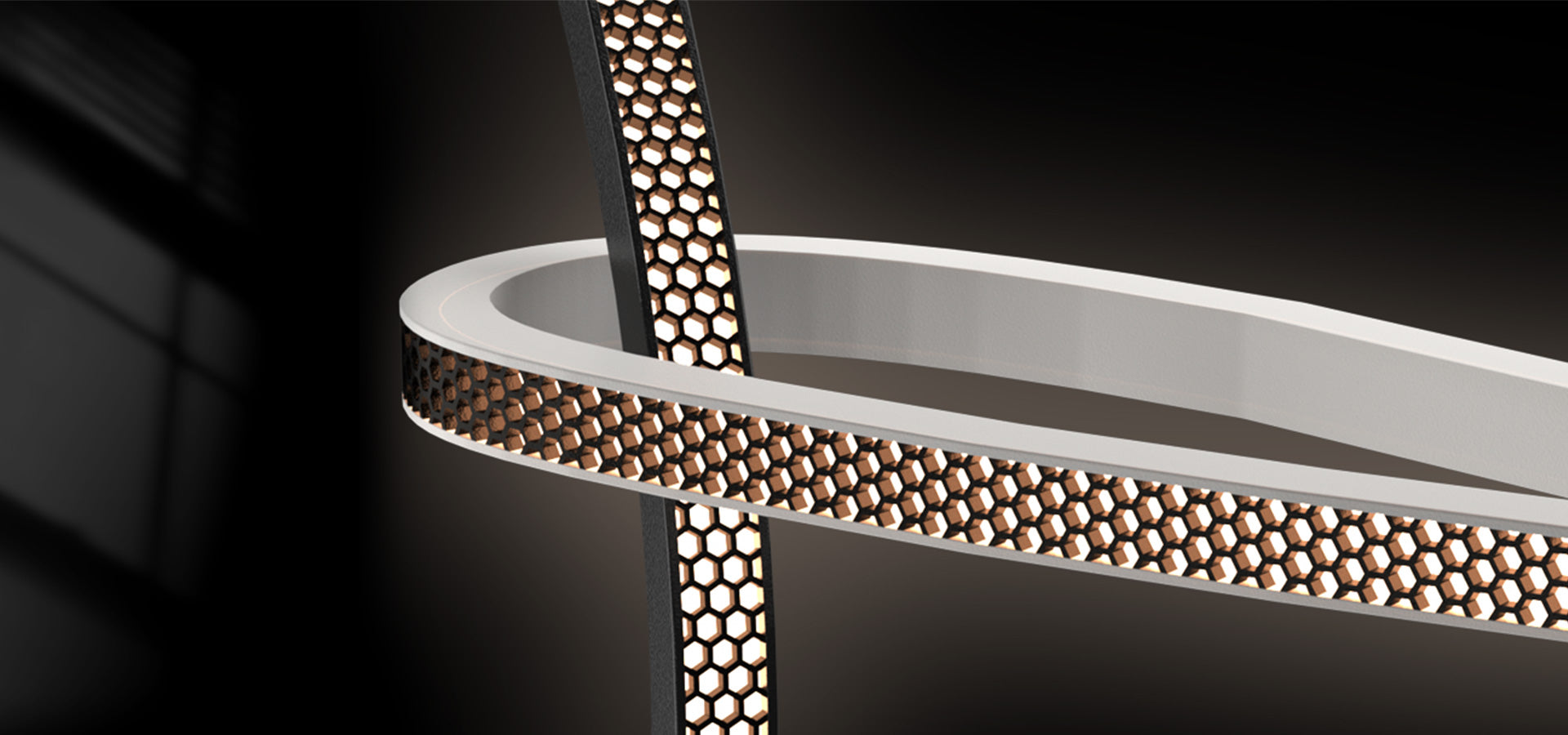What are the Port and Starboard of a Boat?
Port and Starboard are the terms used to describe the left and right sides of a boat or ship, respectively, when facing forward toward the bow. These terms are essential for clear communication in navigation and maritime operations, as they avoid confusion that might arise from using relative directions like “left” and “right,” which could vary based on the position of the person giving directions. By using "port" and "starboard," all crew members and passengers have a universal reference, improving safety and coordination on board.
What do the Port and Starboard of a Boat do?
The term port refers to the left side of the vessel when facing the bow, while starboard designates the right side. Historically, "starboard" originated from the Old English term "steorbord," referring to the side where the steering oar was located on early ships, which was typically on the right. As ships began to dock with the left side toward the port to avoid damaging the steering oar, this side became known as "port." To aid in visibility and nighttime navigation, modern vessels use red lights on the port side and green lights on the starboard side, which allows other vessels to determine their direction in low-visibility conditions.
Context about the Port and Starboard
Understanding port and starboard is crucial for a variety of onboard tasks, from docking and mooring to giving precise instructions during navigation and maneuvering. For example, if a captain instructs the crew to secure the port-side bow line, each crew member knows exactly which line and location to handle. Additionally, port and starboard references are essential during emergency situations, where quick and accurate communication can be lifesaving.
For those new to boating, one helpful mnemonic to remember is that "port" and "left" both have four letters, making it easier to recall that port is the left side of the vessel. Mastering these terms is fundamental for anyone involved in boating or maritime activities, as they enhance clarity and prevent potentially dangerous misunderstandings on the water.








